I’ve been following a ketogenic approach to managing my diabetes for 2.5 years, and in that time I slowly transitioned to a carnivore, animal-based diet. Recently, with my meals consisting entirely of meat, I have noticed a lack of hunger throughout the day up until dinner time. Thus, as a means of convenience, I decided to try the OMAD (One Meal a Day) approach almost 2 months ago. Just as it sounds, this means eating just one large meal every day. Sounds simple enough, but can a T1 do it? Well I have, and below I will explain why and how I did it.
Why OMAD?
People try OMAD for a multitude of reasons, mostly weight loss or to garner the other benefits of fasting without having to commit to a long-term fast. Yet I, along with many other type 1 diabetics, have little weight to lose. Why then would I try OMAD? Because it makes things simple and more convenient. Simple, because I only have to get one meal right every day rather than two or three. Convenient, because I will have to prep half as many meals and I can use my lunch hour at work for other activities.
I figured that simply not eating my breakfast/lunch would mean a greater chance of normal blood sugar throughout the day, simply because there would be no food to raise or insulin to lower it. As long as I had my basal rate right, what could go wrong? Turns out, it’s not as simple as it seemed.
My OMAD experiment
To keep things as simple as possible, I decided to stick to eating 1 pound of NY strip steak for dinner, and nothing else, every day. Consistency is important in any experiment, and I kept meals as consistent as possible. Due to family events and such, I didn’t follow this rule 100% of the time, but certainly most of the time. At first, my experiment was going beautifully. But, rather quickly, several things changed and I needed to adapt through constant experimenting to get my numbers back in line. I had to change my basal, my bolus, and even how I calculate corrections for high/low blood sugar.
Basal Needs Changed Dramatically
Going OMAD carnivore reminded me of my first few weeks trying the low-carb approach a few years prior, in that my insulin sensitivity went WAY up. After suffering quite a few lows, I began lowering my basal rate, and even that wasn’t enough. Before, my basal rate was the same throughout the day. But through trial and error I realized that my basal needs were far less during the day, and at its highest at night. Now, rather than have a consistent basal rate, I take the majority of my basal before I go to bed and less than half that amount at around noon.
I also had to change my basal insulin entirely. Before, I was taking the classic NPH insulin 3 times a day to cover my basal needs. Unfortunately, it seems that NPH is not very suitable for the OMAD approach. Due to its peak, I had lows consistently around noon and would always need a small snack or glucose tabs to fix it. Because of this, I eventually switched to Tresiba. After figuring out the proper dosing, the flatter basal rate from Tresiba proved much better at keeping lows at bay throughout the day.
Learning to Split my Bolus
Before going OMAD, I was eating around half a pound of meat per meal, twice a day. I was able to inject R right before eating and stay rather level afterwards. But on OMAD, when eating a full pound of steak in one sitting, I noticed my blood sugar dipping and then rising high hours after eating. Eventually I learned that I need to split my bolus when dealing with such a large amount of protein. Now, rather than take all of my R before I eat, I take 1.5 units of R before and then 3 more units around 2.5 hours later. This works rather well for me. If you’re eating a heavy amount of protein in one sitting and are experiencing a similar issue, I’d absolutely recommend trying to split your bolus.
Higher Sensitivity to.. Everything
Another quirk I had to adapt to was suddenly becoming much more sensitive to both insulin and glucose throughout the day. That’s right, both! Before OMAD, 2 glucose tabs (8g sugar) would raise my blood sugar by an average 40mg/dl. Now, just 1 glucose tab is enough to raise it 40mg/dl. Likewise with insulin, a half-unit of R will now lower my blood sugar over 40 mg/dl, yet before that would take a full unit. During my fasting period, both my insulin and my glucose sensitivity is over double what it used to be!
Not only that, but I seem to have a more acute awareness of abnormal blood sugar levels. Perhaps this is due specifically to OMAD, or perhaps its because I’ve had much tighter numbers and thus my body is accustomed to them. Either way, it’s profound! I can tell when my blood sugar is above 120 just from my vision, and I can tell when my blood sugar is below 70 by simply feeling hungry before I should be. I still test it every time regardless of this, but my feeling has been proven correct most of the time.
Results: Success, but with Quirks!
Honestly, this OMAD experiment has been a roller coaster. Right now, my blood sugars are more tightly controlled than ever before. But getting here took a ton of trial and error, and many highs/lows, in order to figure out and fix all of the changes that occurred throughout the last two months. My experiment is lined with the crumbs of many glucose tabs and the blood of shamefully high morning numbers, but after figuring it out the result has been rather positive.
Will I keep doing it? Yes, for now. Would I recommend the OMAD approach to others? Yes, but take my story into account before trying it. You’ll likely need to change your entire insulin regimen, including your basal rates, how you bolus for protein, and even how you manage corrections. Transitioning won’t be easy, and it may not be as doable for people with heavy workloads. And if you’re exercising or have a bigger build than I, you may need a larger meal. But if you follow this example, experiment, and find out how to make it work for you, I’m certain you can find success with it.













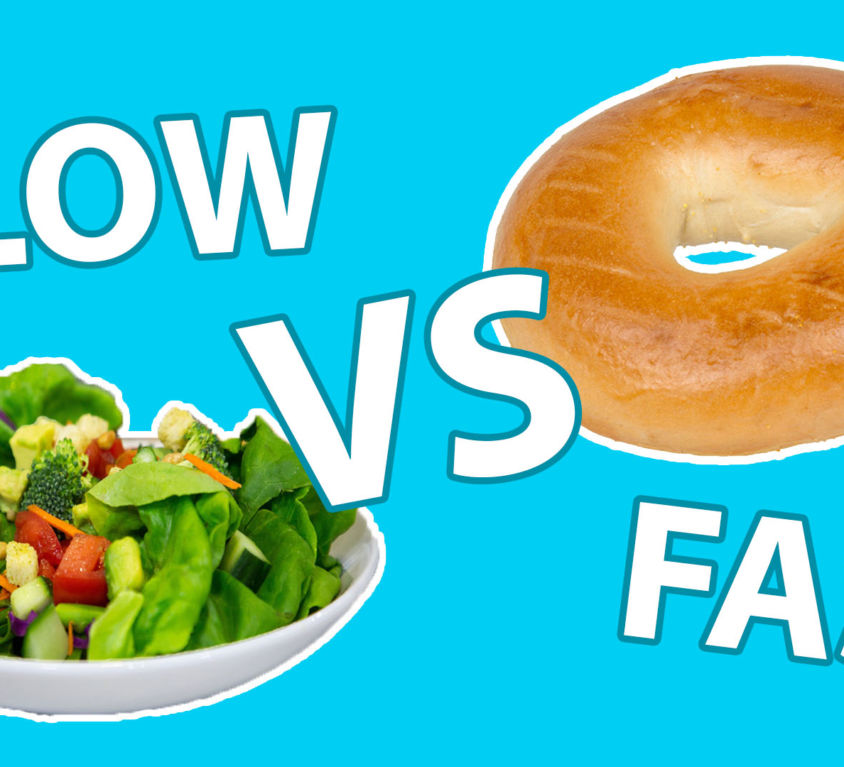


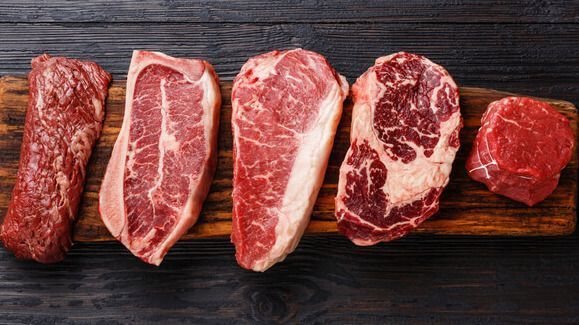


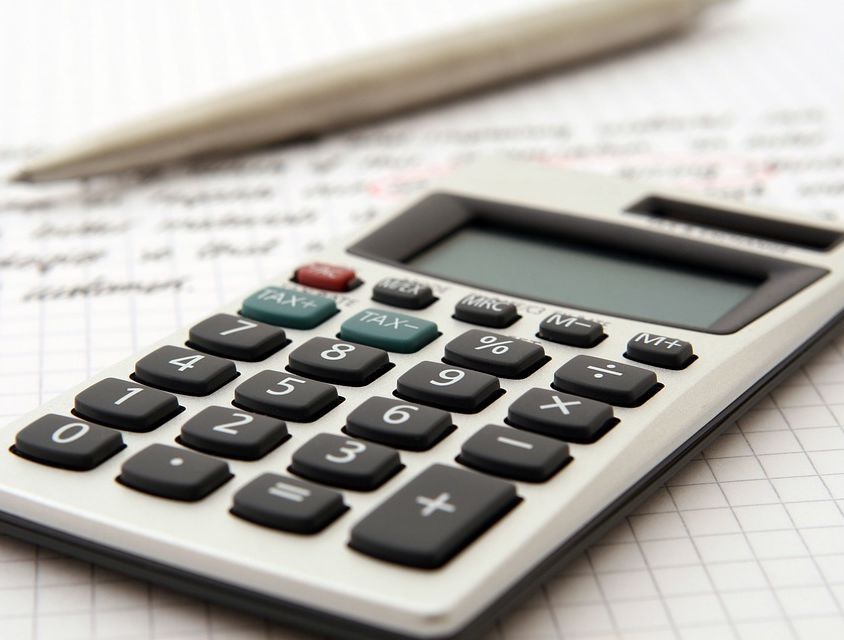
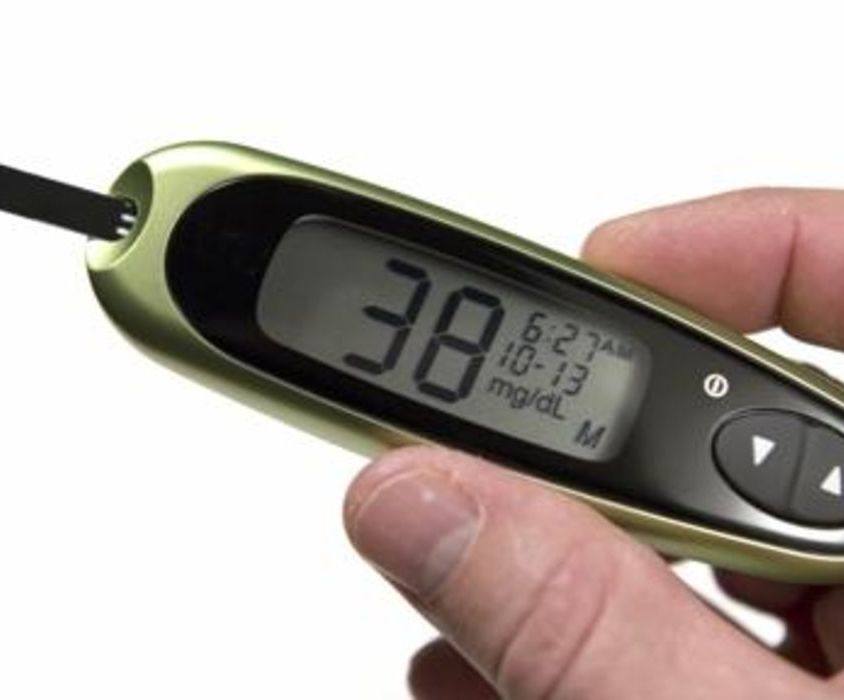
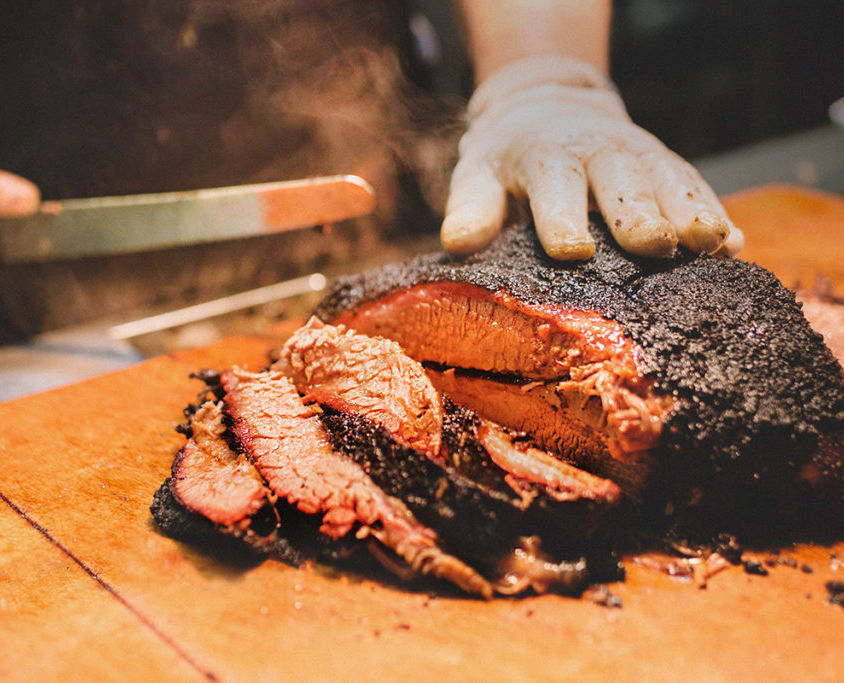
I have never heard about OMAD before. This article is very informative. Great read!
Great article. I just started my OMAD diet around a week ago. In addition to the OMAD i’m in keto too, as i reduced my carbs intake to 10g – 15g per day. I’m doing the keto diet for over five month now and it helped a lot to stabilize my bs levels and dealing with cravings. The OMAD however seem to make it even better. The only thing i still struggling with is how protein intake translates to insulin requirements, as this seem to vary heavily for me.
Good luck